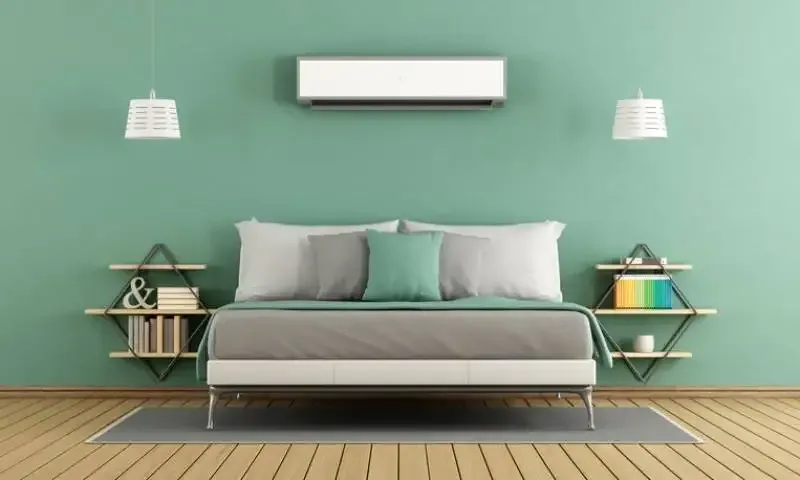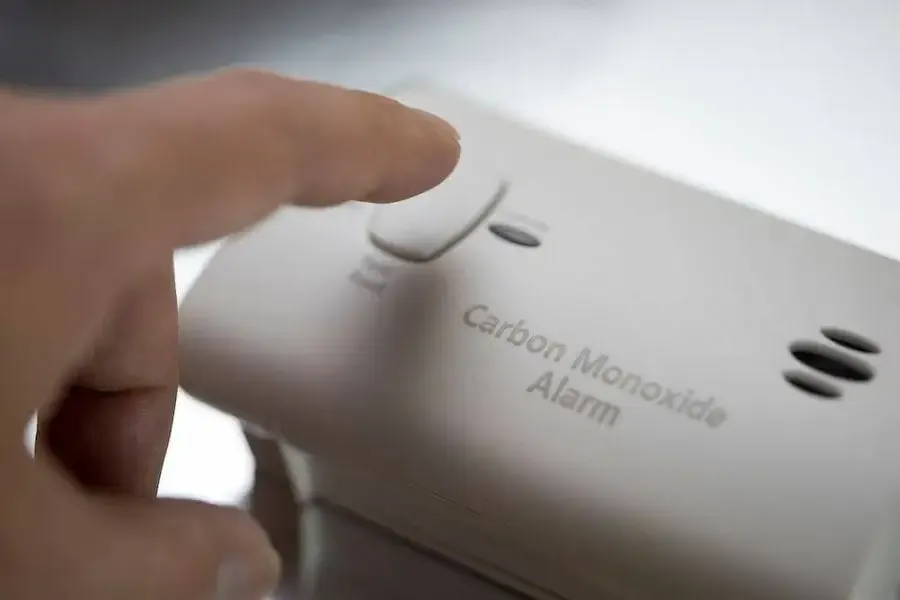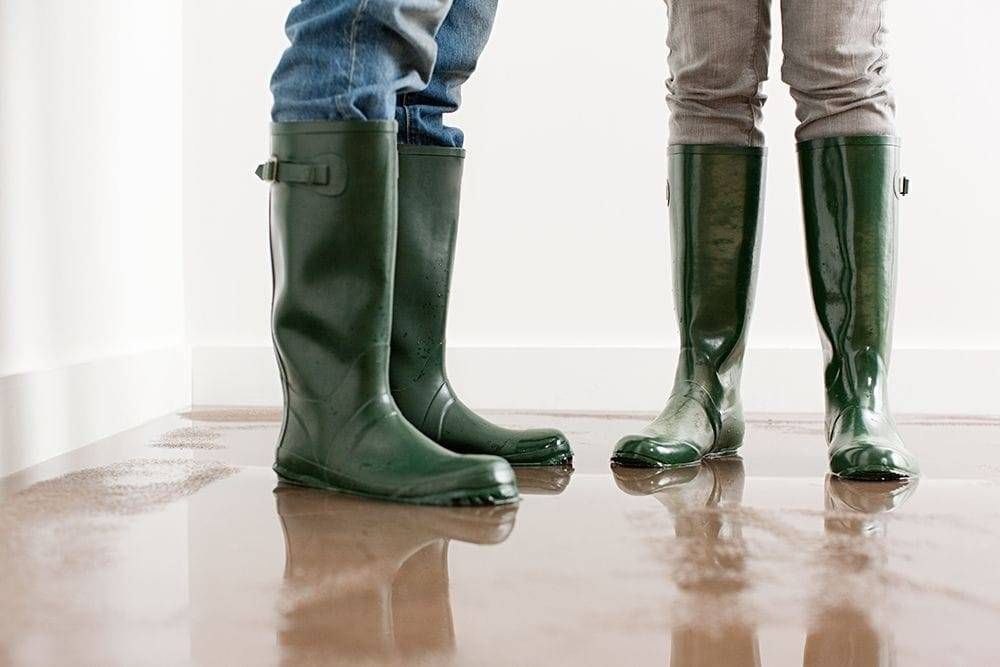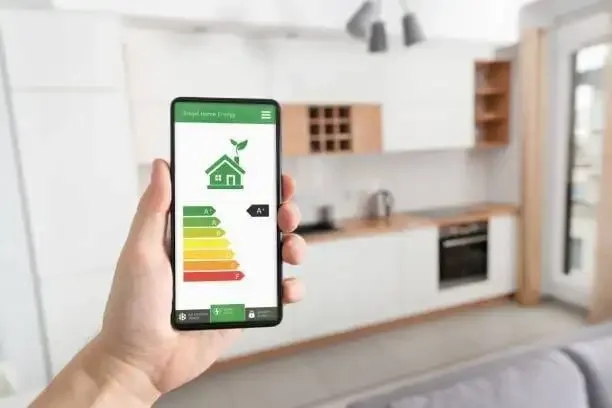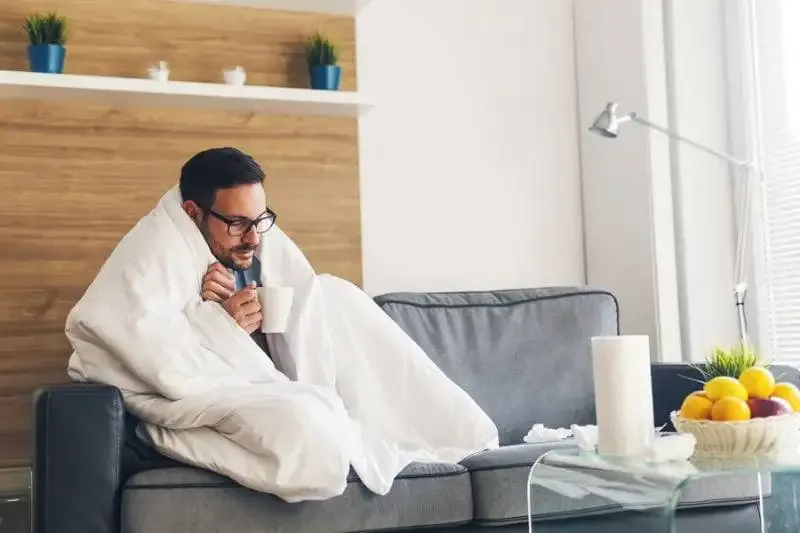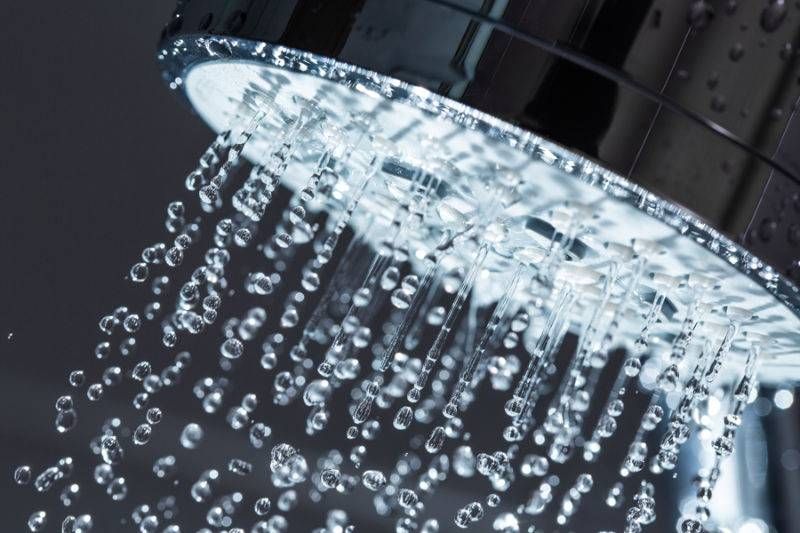What Is the Ideal Room Temperature for Your Home in Colorado?
When it comes to creating a comfortable environment in your home, the ideal room temperature plays a crucial role. Whether you’re snuggled up in bed, entertaining guests in your living room, or working in your home office, having the right temperature can greatly enhance your comfort and overall well-being. But with so many factors to consider, how do you determine the perfect temperature for each room?
In this article, we will explore the various factors you should consider when choosing the ideal room temperature.
What Factors Should I Consider When Choosing the Ideal Room Temperature?
Seasons
One of the primary factors to consider when choosing the ideal room temperature is the season. As the weather changes throughout the year, so do our temperature preferences. During the winter months, you’ll likely want a warmer temperature to combat the cold, while in the summer, a cooler temperature will help you beat the heat.
Colorado Climate Conditions
For Colorado’s climate, set your AC thermostat to around 78°F during the summer months to balance comfort and energy efficiency. Use programmable settings to increase temperatures when you’re away. Ensure proper insulation and sealing to minimize heat transfer. Additionally, consider using ceiling fans to enhance air circulation and comfort. Regularly maintain your AC system for optimal performance in varying Colorado weather conditions.
Your Home’s Floor Plan and Design
The size of the rooms, the number and placement of windows, and the insulation of your home can all influence how well your home retains heat or stays cool. For example, if you have a large, open-concept living area with high ceilings, it may be more challenging to maintain a consistent temperature compared to smaller, enclosed rooms.
Your HVAC System and Thermostat
Some HVAC systems offer more precise temperature control and zoning options, allowing you to set different temperatures for different rooms. Additionally, programmable or SMART thermostats can automatically adjust the temperature based on your preferences and daily schedule.
Personal Comfort Levels
Everyone has different temperature preferences, and what feels comfortable to one person may be too hot or too cold for another. Factors such as age, health conditions, and personal preferences can all influence your comfort level. Experiment with different temperatures and pay attention to how you feel in each room to find the perfect balance for your individual comfort.
How Does Room Temperature Impact My Health?
Maintaining the ideal room temperature not only contributes to your comfort but also has a significant impact on your health. Here are three ways in which room temperature can affect your well-being:
- Sleep: A slightly cooler room temperature, around 60 to 67 degrees Fahrenheit (15 to 19 degrees Celsius), promotes better sleep. Cooler temperatures help your body cool down naturally, which is essential for falling asleep and staying asleep throughout the night.
- Respiratory Health and Allergies: Extreme temperatures trigger respiratory conditions such as asthma or allergies. Maintaining a comfortable indoor temperature can create a healthier living environment.
- Productivity: Working in an environment with a comfortable indoor temperature can improve cognitive function, concentration, and overall productivity. By maintaining an ideal room temperature, you can create a conducive environment for maximum productivity.
Recommended Room Temperature for Different Rooms in Your Home
While the ideal room temperature can vary depending on personal preferences and factors such as climate and floor plan, here are some general recommendations for different rooms in your home:
Bedroom
Your bedroom should be a sanctuary for rest and relaxation. For most people, a temperature between 60 and 67 degrees Fahrenheit (15 to 19 degrees Celsius) is ideal for sleep. However, it’s essential to consider your personal comfort level and adjust the optimal room temperature accordingly.
Living Areas
In living areas such as the living room or family room, a slightly higher temperature, around 68 to 72 degrees Fahrenheit (20 to 22 degrees Celsius), is generally comfortable for most people. Again, personal preferences and factors such as climate should be taken into account.
Kitchen and Dining Spaces
In kitchen and dining spaces, it’s important to strike a balance between comfort and functionality. A temperature between 70 and 75 degrees Fahrenheit (21 to 24 degrees Celsius) is typically suitable for these areas, as it allows for comfortable cooking and dining experiences.
Home Office
If you have a home office, maintaining a comfortable indoor temperature is essential for productivity. A temperature between 68 and 72 degrees Fahrenheit (20 to 22 degrees Celsius) is generally recommended for optimal focus and concentration.
How Do I Maintain Room Temperature in My Home?
Maintaining the ideal room temperature in your home involves several key strategies. Here are three essential steps to help you achieve and maintain a comfortable indoor environment:
- Proper Insulation Throughout the House: One of the most effective ways to maintain room temperature is to ensure your home is properly insulated. Good insulation helps to trap heat in the winter and keep it out in the summer, reducing the need for excessive heating or cooling. Inspect your windows, doors, walls, and attic to identify any areas that may need additional insulation and address them accordingly.
- Know How to Use Your HVAC System and Thermostat: Understanding how to use your HVAC system and thermostat correctly is crucial for maintaining room temperature. Familiarize yourself with the settings and features of your HVAC system, such as timers and programmable options. Adjust your thermostat settings based on your daily schedule and personal preferences, ensuring that each room is set to the ideal temperature.
- Install Programmable or SMART Thermostats: Consider upgrading to a programmable or SMART thermostat to enhance your control over room temperature. These advanced thermostats allow you to set different temperatures for different times of the day and can even learn your preferences over time. By utilizing programmable or SMART thermostats, you can achieve optimal comfort and energy efficiency in your home.
- Proper Ventilation and Air Circulation: Proper ventilation and air circulation are essential for maintaining a comfortable indoor environment. Ensure that your home has adequate ventilation, such as exhaust fans in bathrooms and kitchens, to remove excess moisture and odors. Use ceiling fans or portable fans to improve air circulation.
How to Address Common Temperature Issues
While striving for the ideal room temperature, you may encounter some common temperature issues. Here are a few strategies to address them:
Disagreements Over Room Temperature
In households with multiple occupants, disagreements over room temperature are common. Consider compromising by finding a temperature that is comfortable for the majority or utilizing zoned heating and cooling options to allow each occupant to control the temperature in their respective spaces.
Temperature Fluctuations Between Seasons
As the seasons change, so do the temperature requirements in your home. Adjust your thermostat settings accordingly to accommodate the changing weather and maintain a comfortable indoor environment throughout the year.
Extreme Weather Conditions in Colorado
Colorado is known for its extreme weather conditions, from scorching summers to freezing winters. During heat waves or cold spells, it may be necessary to adjust your thermostat settings to ensure your home remains at a comfortable temperature. Use additional cooling or heating methods, such as fans or space heaters, when needed.
Frequently Asked Questions About Ideal Room Temperature
What is the ideal room temperature for a newborn baby?
The ideal room temperature for a newborn baby is around 68 to 72 degrees Fahrenheit (20 to 22 degrees Celsius). It’s important to ensure that the room is not too hot or too cold to prevent discomfort or health issues for the baby.
What temperature should I set on my thermostat when I’m away from home?
When you’re away from home for an extended period, it’s recommended to set your thermostat to a slightly higher temperature in the summer and a slightly lower temperature in the winter. Aim for energy-saving settings, such as 78 degrees Fahrenheit (25 degrees Celsius) in the summer and 62 to 66 degrees Fahrenheit (17 to 19 degrees Celsius) in the winter.
Can the ideal room temperature vary based on the time of day?
Yes, the ideal room temperature can vary based on the time of day. For example, you may prefer a slightly cooler temperature at night for sleep and a slightly warmer temperature during the day for productivity and comfort.
Does the ideal room temperature change as you age?
As you age, your body’s ability to regulate temperature may change. Older adults may feel more comfortable with slightly higher room temperatures, around 68 to 74 degrees Fahrenheit (20 to 23 degrees Celsius), to prevent cold-related health issues.
Does the ideal room temperature affect energy consumption?
Yes, the ideal room temperature can affect energy consumption. Setting your thermostat to an appropriate temperature and utilizing energy-efficient settings can help reduce energy consumption and lower your utility bills.
Can room temperature impact the lifespan of electronic devices?
Extreme temperatures, whether too hot or too cold, can negatively impact the lifespan of electronic devices. It’s important to keep your home at a moderate temperature to ensure the longevity of your electronics.



